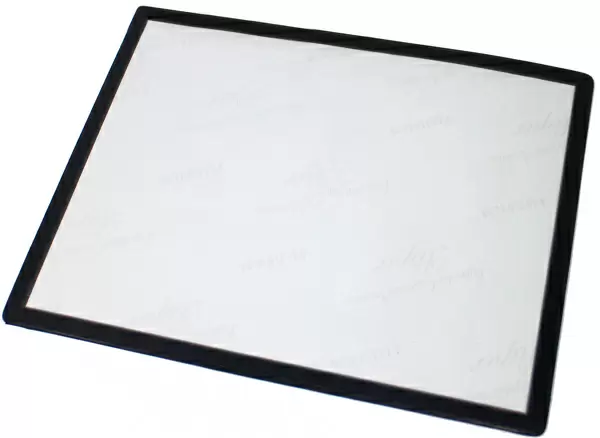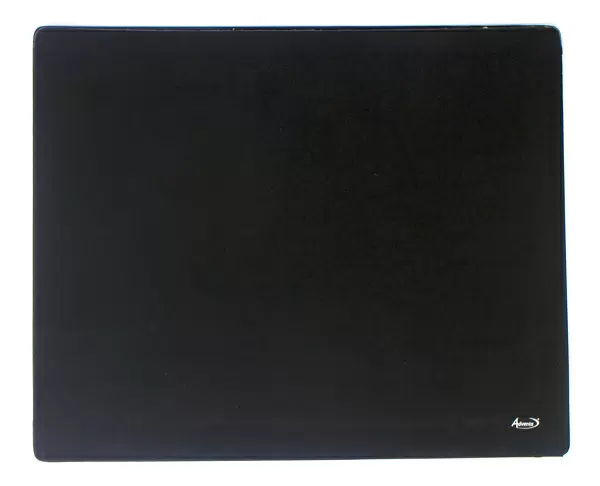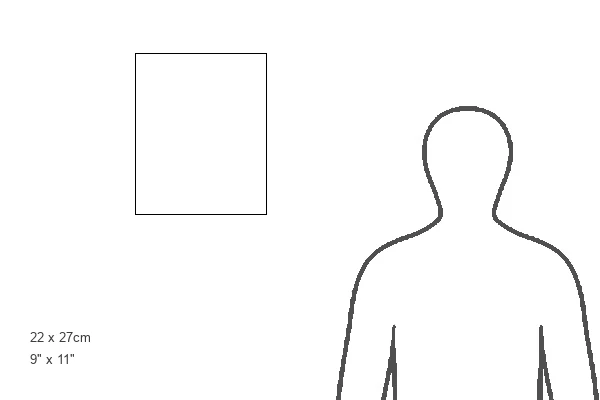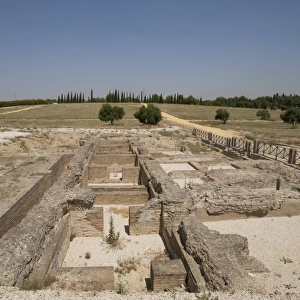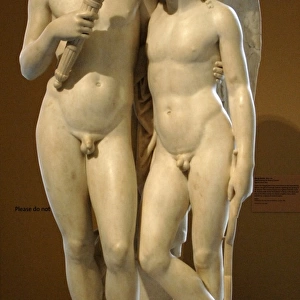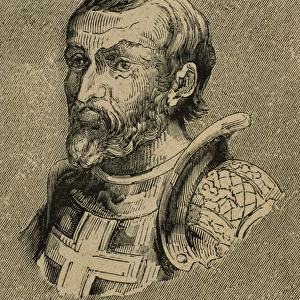Mouse Mat : Mercury. Statue
![]()

Home Decor from Mary Evans Picture Library
Mercury. Statue
Roman Art. Spain. Mercury. Statue. 2nd century A.C. Parian marble sculpted. It comes from Italica. Archeological Museum of Seville. Andalusia. Spain
Mary Evans Picture Library makes available wonderful images created for people to enjoy over the centuries
Media ID 14322776
© Thaliastock / Mary Evans
Archaeological Feet Hermes Italica Marble Mercury Mythological Mythology Parian Santiponce Seville Wings
Mouse Mat
A high quality photographic print manufactured into a durable wipe clean mouse mat (27x22cm) with a non slip backing, which works with all mice.
Archive quality photographic print in a durable wipe clean mouse mat with non slip backing. Works with all computer mice
Estimated Image Size (if not cropped) is 16.9cm x 25.4cm (6.7" x 10")
Estimated Product Size is 21.8cm x 26.9cm (8.6" x 10.6")
These are individually made so all sizes are approximate
Artwork printed orientated as per the preview above, with portrait (vertical) orientation to match the source image.
EDITORS COMMENTS
1. Title: "Mercury, the Roman God of Trade and Commerce: A 2nd Century Parian Marble Statue from Italica, Seville, Spain This image showcases a well-preserved Parian marble statue of Mercury, the Roman god of commerce, trade, prosperity, and thieves. Dating back to the 2nd century AD, this mythological figure is a testament to the rich cultural heritage of ancient Rome, specifically in the region of Andalusia, Spain. Originally hailing from Italica, a Roman city located in the modern-day town of Santiponce near Seville, this statue is now proudly displayed at the Archeological Museum of Seville. The statue's intricate details and lifelike features exemplify the exceptional craftsmanship of Roman art during this period. Mercury is depicted in his classic pose, with his winged feet and cap (petasus) atop his head, symbolizing his ability to move swiftly and freely. He holds a caduceus, a staff entwined with two serpents, which represents commerce, prosperity, and healing. The god's wings are outstretched, emphasizing his role as the swift messenger of the gods. The statue's material, Parian marble, is renowned for its purity and fine grain, making it an ideal medium for sculptors during ancient times. The delicate details of Mercury's facial features, clothing, and accessories are a testament to the artist's skill and the marble's exceptional quality. This statue offers a glimpse into the mythological age, providing a connection to the historical past and the enduring influence of Roman mythology. It stands as a reminder of the interconnectedness of cultures and the rich artistic and historical legacy that continues to inspire and captivate us today.
MADE IN THE UK
Safe Shipping with 30 Day Money Back Guarantee
FREE PERSONALISATION*
We are proud to offer a range of customisation features including Personalised Captions, Color Filters and Picture Zoom Tools
SECURE PAYMENTS
We happily accept a wide range of payment options so you can pay for the things you need in the way that is most convenient for you
* Options may vary by product and licensing agreement. Zoomed Pictures can be adjusted in the Basket.


